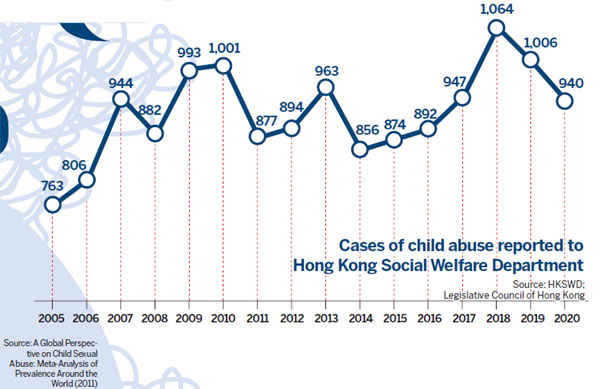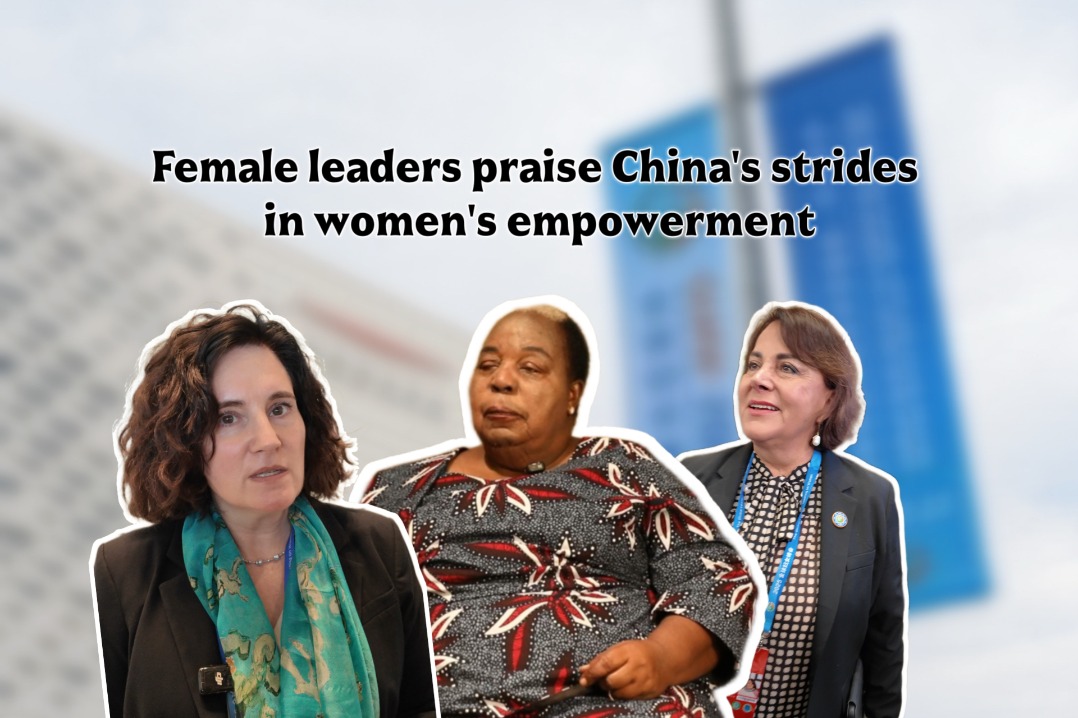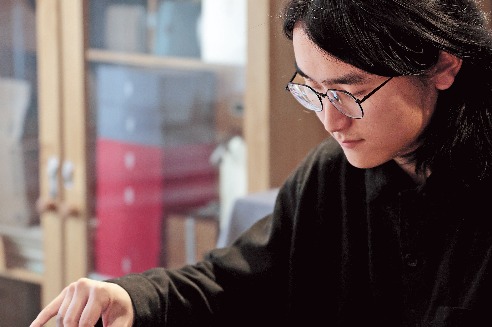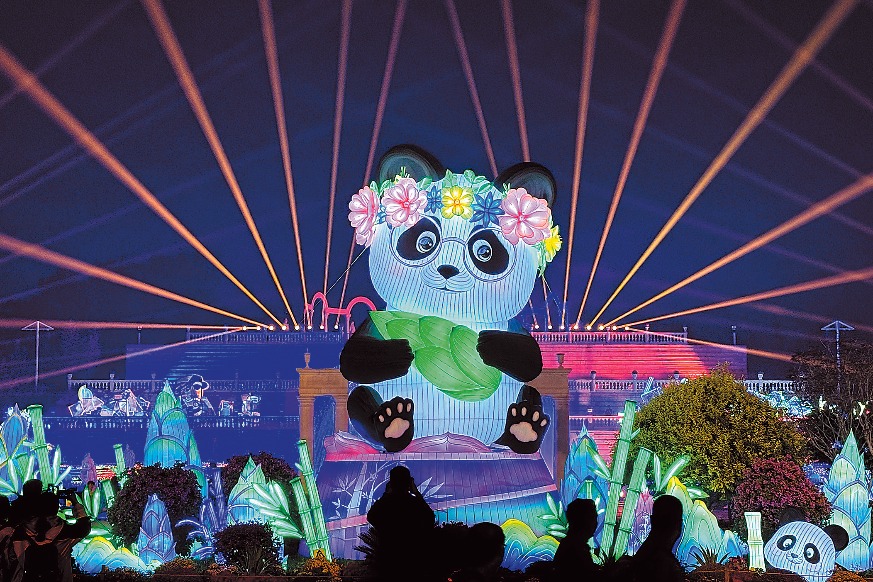Child abuse figures are tip of the iceberg


Stringent guidelines
The Social Welfare Department of Hong Kong has stringent guidelines to handle child maltreatment cases, engaging professionals across disciplines for child abuse intervention. The child abuse response infrastructure is ready in theory. The challenge of rectification remains if the child is not removed from the abusive physical and psychological environment. But there is no such alternative care for abused children.
Additionally, relatives, neighbors, and teachers do not report known cases for fear of retribution. Emery said that a strong cultural convention inhibits those who know. The family unit is considered "out of bounds" for outsiders to interfere. Thus, cases are rarely reported. Report and rectification lag behind the actual frequency and incidence of domestic child abuse worldwide.
Michael Dunne, professor of child maltreatment at Queensland University of Technology, reputed for his child abuse studies, said he believes that only 20 percent of child abuse cases are officially registered globally, and even then, only for the most severe cases. "The lack of official data is most serious in low resource settings around the world where child abuse official reporting, data collation, and analysis are not consistent. There are institutional barriers to transparent release of the data that is collected," Dunne said.
Lenneke Alink, professor of forensic family studies at Leiden University, the Netherlands, found that personnel in education, healthcare, youth care, and justice departments often do not report cases when they feel it would not improve the situation, or when they feel that cases were not "bad enough" to report. Alink established a significant pattern of maltreated children who
would become maltreating parents. "A substantial proportion of maltreated parents go on to maltreat their children, but also note that there is a large group of maltreated parents who do not continue this maltreatment in the next generation." This is termed "intergenerational transmission" of child abuse behavior.
Dunne said Asian populations find child sexual abuse, family disharmony, or violence awkwardly sensitive, so people abstain from talking about it. He also found suppression of factual data among colleagues in several Asian countries on sexual abuse, family violence and youth drug addiction.





































